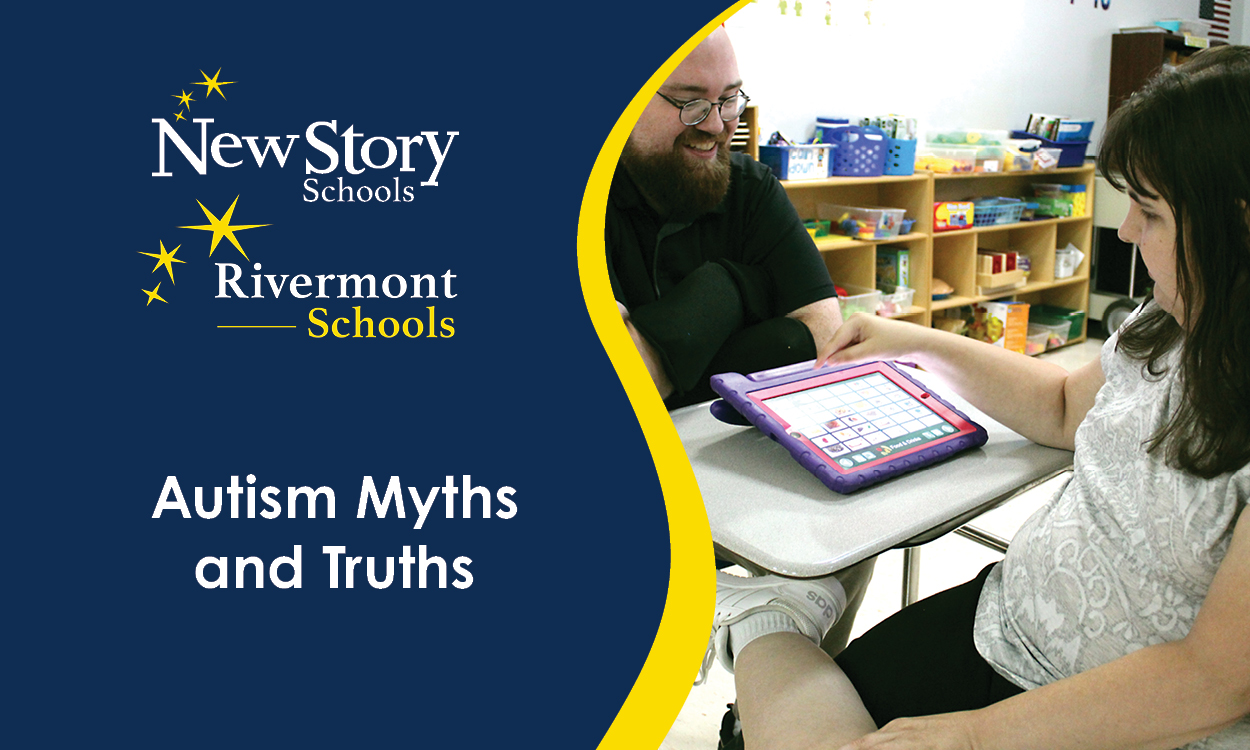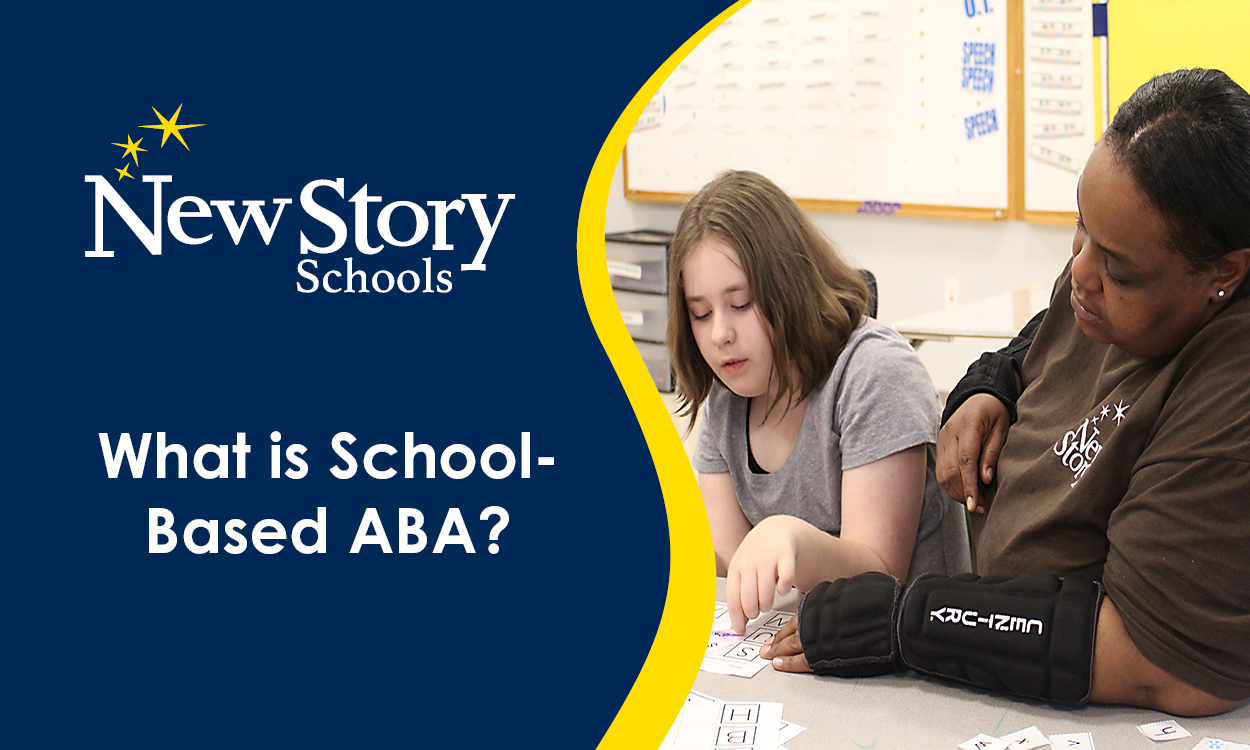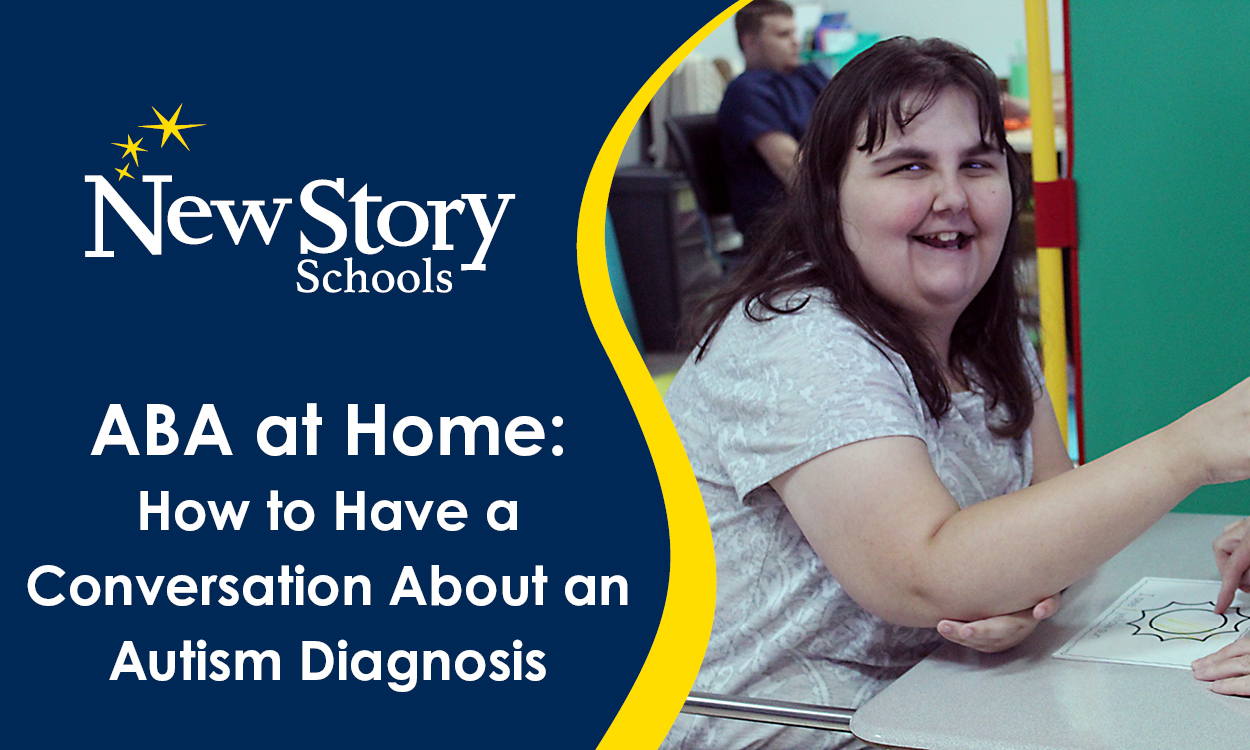Preparing for Winter – Tips for Families
Posted: December 08, 2023 | Written By: Sharmin Hossain | Category:

This blog was written by Caryn Shaffer, Nurse at New Story Schools in Monroeville, PA and Danielle Medeiros, Project Administrator at New Story Management.
Navigating the winter season can be a challenging time for children and young adults with disabilities and their families. The cold weather, seasonal changes, and the preparations for winter holidays can all pose unique obstacles. In this blog, we will explore several tips and winter activities to do at home to prepare for the holiday season. With proper planning, it is possible to make this time of year enjoyable and inclusive of everyone.
Navigating Seasonal Changes in Winter
Plan for the weather: Stay informed about weather conditions and plan for any modifications or accommodations needed. Consider factors such as temperature changes, potential snow days, or icy conditions and how this affects transportation.
Dress for success: Children with disabilities may have limited sensory abilities and difficulty maintaining body heat with winter weather conditions. Check the weather before heading out to determine the appropriate layers needed for the day, including multiple layers of clothing, a scarf, gloves, lined boots, two pairs of socks, and a winter hat to offer comfort and flexibility. For individuals with sensory processing issues, bulky outerwear could be problematic, but having multiple layers not only increases warmth but is also removable to reduce bulk if they feel constrained. A systematic desensitization program may help support your child tolerate wearing these items. Consider washing new winter clothes with a fabric softener to loosen up stiff/scratchy new clothing.
When getting dressed, it may be helpful to use visual cues for your child to remember what article of clothing to wear for the weather. For example, a picture chart or written list of outerwear/sequence of clothing order can help the child understand what they need to wear before going outside. One can even label the clothing with numbers of what article goes on first i.e., 1. boots, 2. jacket 3. scarf, 4. mittens, etc.
Health management: Take preventative measures to avoid common seasonal illnesses. Emphasize proper hygiene practices, like handwashing and covering your mouth when coughing or sneezing. Don’t forget to practice self-care, rest, and relax when possible!
Remember to stay hydrated by drinking water during the winter months. Itchy, dry skin is common when the temperatures outside become colder and dry. This discomfort of chapped skin can be a struggle for individuals with sensory processing disorders. Applying lotion and lip balm regularly can help as well.
Disability considerations: If an individual is traveling in a wheelchair, wrap a small blanket around his/her waist and legs or around the individual’s sides to keep warm and secure body heat. For wheelchair safety on slippery ramps, use table salt or clay cat litter to clear the ramps. It is important to note that rock salt can be harmful to working assistant animals.
Planning winter holidays
Create a visual schedule: Use visual aids, such as calendars or picture schedules, to help your child understand and navigate the holiday events and activities. This can reduce anxiety and provide a sense of structure during school breaks.
Prepare for social interactions: Prepare your child for family gatherings, parties, or other social events by discussing expectations, practicing social skills (turn taking, conversation starters and greetings), role-playing potential situations and reading social stories.
Create a quiet space: Designate a quiet area in your home or at holiday gatherings where your child can retreat if they feel overwhelmed. Provide calming activities or toys to help them relax and recharge. Prepare strategies to address sensory overload, such as noise-cancelling headphones or sunglasses.
At-home winter activities
Indoor sensory activities: Engage in sensory play activities, like creating sensory bins with fluffy cotton snowballs, making snowflake slime, or exploring tactile materials.
Winter themed cooking: Involve your child in cooking or baking activities centered around winter themed recipes. This can enhance their motor skills, sensory exploration, and cognitive abilities.
Promote physical activity: Engage in indoor activities that promote physical fitness and motor skills, such as adaptive yoga, virtual exercise classes, dance parties, interactive video games, or indoor relay races, etc. If going outside, you can research adaptive winter activities to help those with ADHD, like shoveling snow, sledding, or ice skating.
Remember that every child with a disability is unique, and it is essential to consider their individual needs, strengths, and preferences throughout the winter season. By being prepared, inclusive, and creative, you can ensure a warm and delightful season for everyone.
Want to be notified of new articles and resources from New Story Schools? Submit your email and opt into our newsletter!









